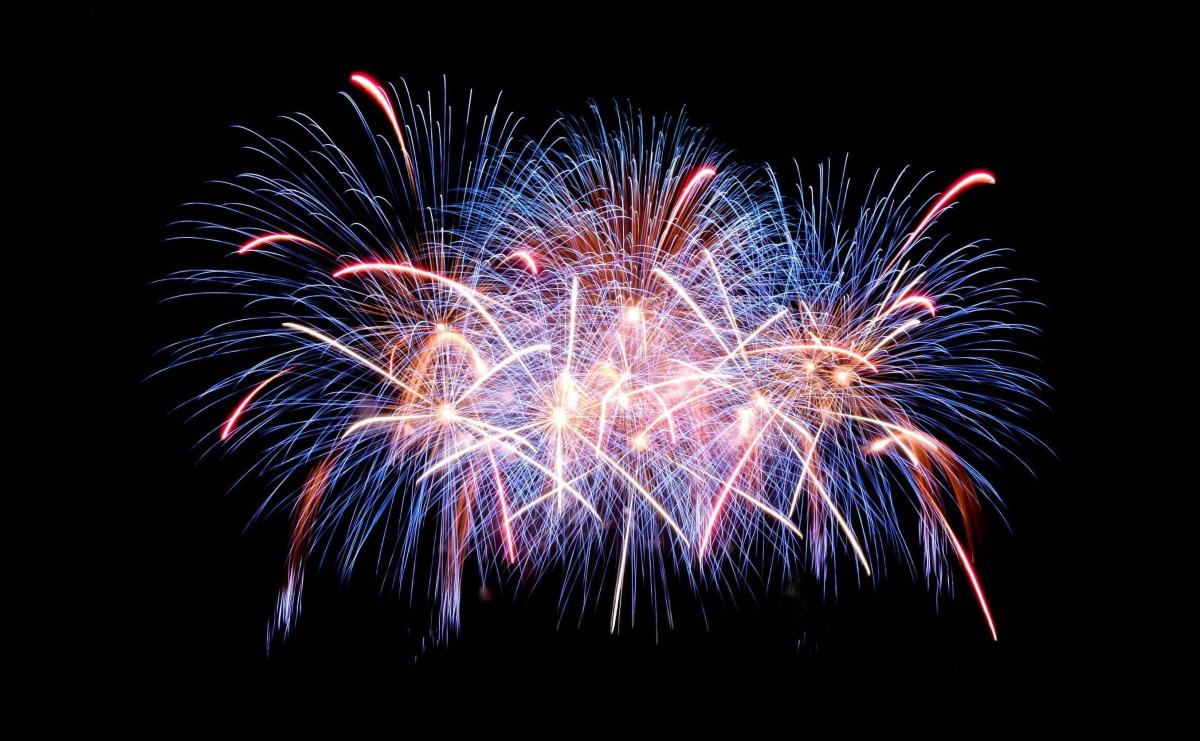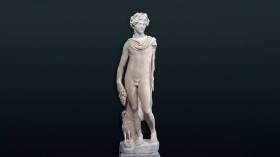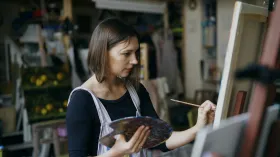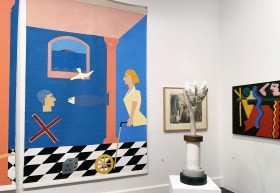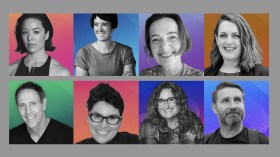Wednesday 18 January was #museumselfie day but here’s betting you didn’t notice. There was no public holiday, no controversial advertisement for barbecue meat, not even a nod on the news. Okay, perhaps museum selfies are not in themselves worthy of a public holiday. But what about the riches that museums as a concept and with them art, theatre, books, dance or music brings into our lives?
We are well familiar with the old comparisons between sport and the arts – the imbalanced media exposure, investment in sports complexes and government endorsed sports education – while arts funding has been taken to with an axe.
But when it comes to inequity, the public holiday situation is a striking symbol of the difference. Across Australia, there are public holidays for the Melbourne Cup, the Adelaide Cup, and the AFL Grand Final. Brisbane residents even get a public holiday for the Royal Queensland Show.
We celebrate Labour and the Anzacs, even the Queen’s birthday, not to mention Christmas and Easter in a country where more than a third of the population doesn’t call itself Christian. But we have no public holiday to recognise or celebrate the impact the arts has in our lives.
More Australians attend arts events than go to sport. More children play a musical instrument than play soccer. Studies show the overwhelming majority of Australians believe the arts enriches their lives and is an essential part of their children’s education.
A day of public recognition would celebrate this richness and be a joyful and positive statement of an important cultural reality. It would also honour and recognise those who make the arts their profession and who so often receive little financial reward for the huge contribution they make to our society.
Artists and audiences should lobby for this day of recognition. As soon as a broader public start to recognise art and culture as a valued part of their lives, then our governments might begin to see that investment in the arts is necessary. Currently, they are getting a free ride capitalising on cultural richness for tourist and economic gain, and national identity.
Choosing a Day
There are a number of existing options and models for a national day of the arts, though very few that are government-recognised statutory or bank holidays.
In the UK and Ireland they celebrate a National Poetry Day and a National Libraries Day; in Canada a National Canada Film Day; and in Scotland they celebrate Burns’ Night – a tribute to the great poet Robert Burns.
Many countries link cultural celebration to a national day, providing free entry to museums and public performances.
In 2012 a World Art Day was declared by the International Association of Art (IAA) in order to promote awareness of creative activity worldwide. The proposal was put forward at the 17th General Assembly of the IAA in Guadalajara, and was signed by Turkey, Mexico, France, China, Cyprus, Sweden, Japan, Slovakia, Mauritius, South Africa, Venezuela and Norway.
15 April was chosen honour of Leonardo da Vinci’s birthday. Unfortunately, that date this year falls right in the middle of Easter, and while not all countries celebrate the Christian festival, it is a glaring error of timing.
Australia could choose a day that honours one of our great artists – Patrick White, Sidney Nolan or Dame Nellie Melba. or we could replace a day like Queen’s Birthday that has lost its significance or one of those ubiquitous sporting holidays.
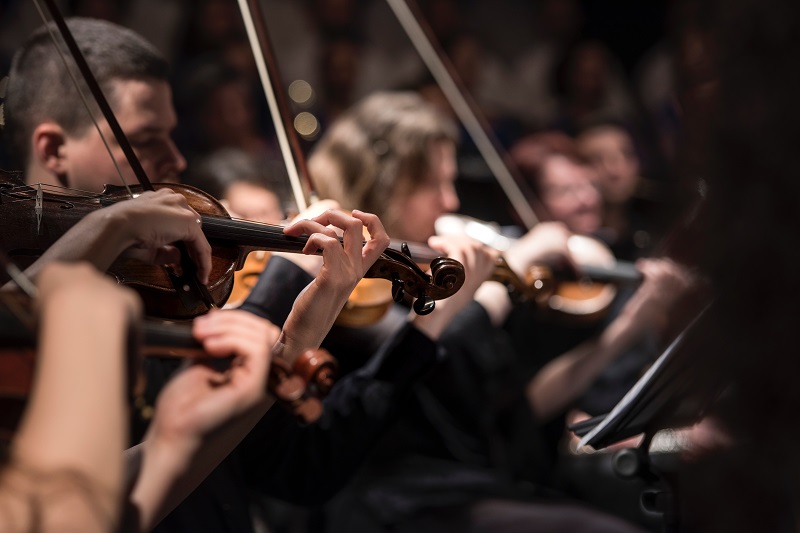
Photo by Larisa Birta on Unsplash.
The already existing International Museums Day is another option.
In 1977, the International Council of Museums (ICOM) declared that 18 May – or around that date – would celebrate the world’s museums with a theme.
The theme for 2017 is, Museums and Contested Histories: Saying the unspeakable in museums.
Like World Art Day, it has also had difficultly punching outside of the sector. While it has gained attention since those early days, today that celebration with museum audiences is largely via social media and public programs.
ICOM reports that in 2009 International Museum Day attracted the participation of 20,0000 museums across 90 countries; by 2012 that had increased to 30,000 in 129 countries.
What we can do
- Lobby NAVA, Arts Peak and the Australia Council for the Arts to champion this initiative.
- Lobby your local politicians for the same.
- Start a campaign to art galleries, museums and cultural institutions to offer free entry on Australia’s National Day for the Arts.
- Put 15 April (World Art Day) and 18 May (International Museums Day) in your diary now and plan to visit a museum or gallery or attend an art event.
This article was first published on 19 January 2017.

